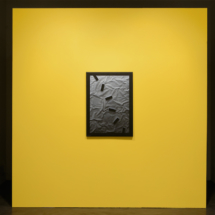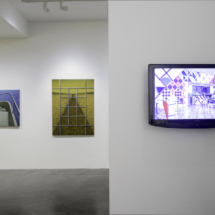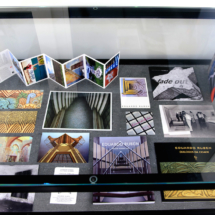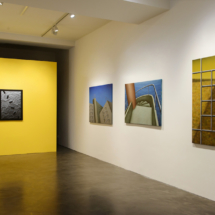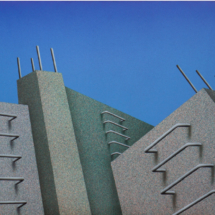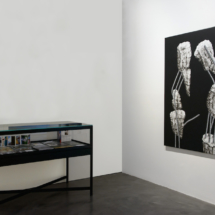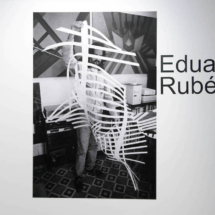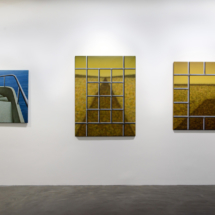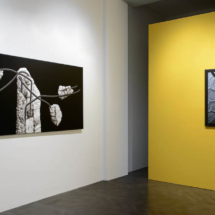Eduardo Rubén
curated by Victor Wang
Exhibition: 11 June – 25 July 2015
Eduardo Rubén is the first solo exhibition in Germany by Cuban artist Eduardo Rubén. Born in
Havana in 1958, Rubén’s art practice spans 35 years. Originally trained as an architect, Rubén
represented Cuba in the 1995 Venice Biennale and participated in the Havana Biennale in 1984
and in 1994, as well as in many other solo and group exhibitions.
Rubén is known principally for his geometric exploration of space on canvas, and this exhibition
brings together a range of paintings made between 1996 and 2015. These works highlight different
moments in the artist’s career, and showcase the diversity in his artistic approach. The exhibition
also contains archival materials from the artist’s collection that provide the viewer with a historical
context within which to position the work.
Several of the paintings emphasise Rubén’s methodology of revisiting and reworking earlier ideas.
In works such as Abandono (1996), Rubén returns to his examination of form and shape, volume
and architecture in an almost digital analysis of space - produced, however, in a pre-internet
Cuban context.
In what Rubén calls ‘variations’, paintings such as Sin Título (2012) provide insight
into the unique aesthetic Rubén developed in post-revolutionary Cuba, perhaps in search of an
alternative space, a futuristic landscape, with no beginning or end but with multiple possibilities for
mobility. Works like Sin Título (2014) break away from earlier aesthetics yet expand on former
approaches. Minimizing shape, movement, and form, the work plays with its own materiality from a
visual perspective. Seemingly light, the background almost wrinkles under the weight of the floating
blocks. The exhibition will also feature Rubén’s most recent series of works, Combatientes.
Anthropomorphic ruins speak to each other before a black backdrop. Perhaps Rubén’s most
dramatic series of works, Combatientes speaks to a type of collapse, a falling apart of society, city,
and landscape. Resonating with the condition of the city of Berlin in the post-1989 period,
Combatientes assumes new meaning through its display for the first time in Germany, a country
whose recent history has been shaped by the geopolitics of war.
